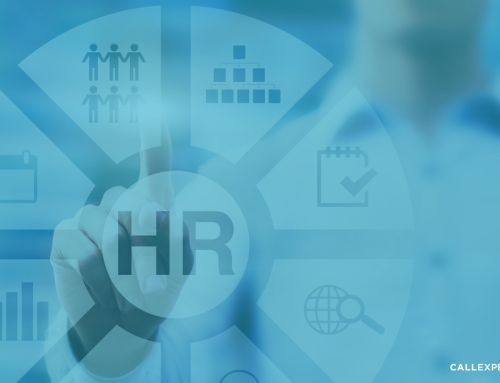HRIS, Human Resource Information System, is a software solution used for data entry, tracking, and management of an organization’s HR-based operations. More specifically, an accessible and actionable database, facilitating easy and seamless operations of all Human Resource Systems either hosted on an organization’s in-house server, cloud, or an outsourced vendor’s environment. HRIS helps in the efficient planning and management of HR operations, supports attendance tracking and call-outs, and centralizes HR data to create ease of access.
We live in a world experiencing persistent digital flux, and it almost feels like new technology is coming out every minute. Regardless, this demands continuous technology-driven and people-centric transformations in Human Resource operations, systems, and processes. HRIS has transformed a great deal over the past decade, embracing changing trends and relying on automations, like IVR implementation; these systems support smart operations and save businesses time and money.
John Doel (Principal, Human Capital Advisory, KPMG US) says,
“The digitized HR function will provide employees highly individual service through personal virtual assistance, utilizing continuous technology modernization and highly interchangeable technology architecture. This will require changes to the perception of constantly evolving platforms, the consumption and implementation models, the internal skills needed to build and integrate AI solutions.”
Working Components of HRIS.
An HRIS comprises a wide range of components, ranging from employee database management, applicant tracking, time and attendance, compliance protocols, IVR, and many more. Because of this, it is often the combination of many platforms capable of integrating and “speaking to one another.” As an example, according to a 2017 global survey, 35 percent of companies plan to create a shared finance and human resources (HR) integration within a year.
Interested in learning how we integrate a phone line into your HRIS to record, track and report absences and call-outs? Contact us.
HRIS solutions offer tailored systems based on the individual needs and plans of any organization. The key processes and working components of HRIS are:
- Acquisition of talent.
- Management of the acquired talent.
- Optimization of the time of acquired talent.
- Increased revenue and decreased time spent on HR Operations.
Database.
The database is the heart and soul of the HRIS storing employee information. Frequently stored on the cloud to allow for security, ease of access, and integrations – databases must be HIPAA compliant and require various redundancies and securities since they store private and personal information.
Human resource professionals’ most common data sets include compensation history, previous work profile, contact information, performance review, and more.
Time and Labor Management.
Attendance is a vital parameter for any employer and employee. But, you should never track your attendance, requests, and tardiness on spreadsheets. To streamline this, use an automated process that speaks to your HRIS database.
This will help you and your team:
- Simplify payroll.
- Avert tax and benefits-related problems.
- Prevention of Lawsuits.
- Boosts employee satisfaction.
- Increase equality.
- Track projects and tasks.
Benefits.
A secure and organized HRIS helps initiate and maintain several benefits to your employees, allowing a one-stop shopping experience for all HR data management requirements. The majority of organizations employ HRIS to make human resource operations accessible, more straightforward, and relevant to business needs and employee expectations.







